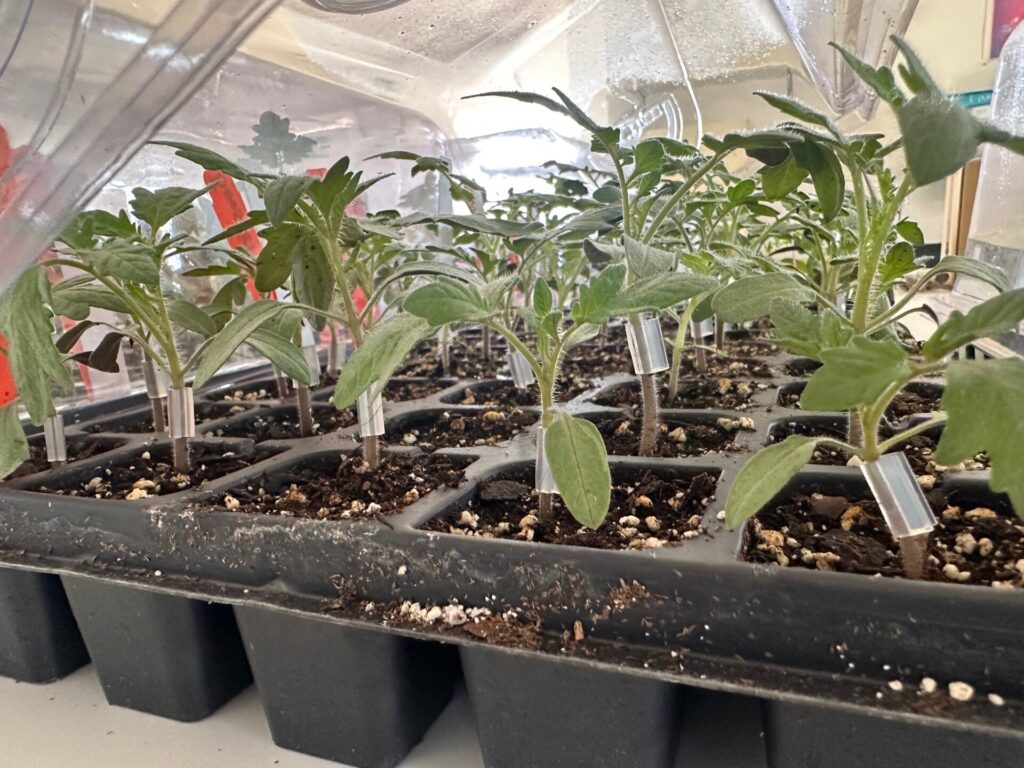Many growers have heard about or tried tomato grafting at some point. Some have found that grafted plants make a noticeable difference in plant vigor and yield, and have adopted the practice. Others may not have seen the same benefits and felt the extra effort wasn’t worthwhile. But regardless of initial experiences, grafting is a valuable tool to improve tomato production—and it’s becoming more accessible for most growers.
One important observation is that grafted plants are more likely to outperform non-grafted plants in high tunnel systems compared to open fields. The benefit also tends to be more pronounced in high tunnels that have been used for tomato production over multiple years, where biotic or abiotic stresses may have built up. In contrast, grafting may offer less of an advantage in newer high tunnels with healthier soil.
I’ve spoken with growers who tried grafting years ago and didn’t see much improvement at the time. However, after experiencing a gradual decline in tomato yields over years of repeated production, they revisited grafting—and found it to be an effective solution.
It’s also worth noting that tomato scions respond differently to vigorous rootstocks. Your experience grafting one cultivar may not apply to another. Because there are so many tomato cultivars—and new ones are introduced regularly—researchers often don’t have complete data on how each scion interacts with each rootstock. This variability means that testing grafting on your farm of your favorite tomato cultivars is worthwhile.
Adding to the complexity of grafting is the choice of rootstocks. While seed companies typically provide information on the disease resistance traits of each rootstock, there is often limited information available about seed germination performance. In our recent evaluation of different tomato rootstocks, we observed clear differences in germination—even though all seeds were recently purchased and labeled with high germination rates on the package.
Some rootstocks showed poor germination and uneven seedling growth, significantly complicating the grafting process. It’s unclear whether these issues were due to poor seed quality from a specific seed lot or inherent genetic traits of the rootstock cultivars. Regardless, this variability can be problematic since successful grafting relies on having rootstock and scion plants at similar growth stages and sizes. Because of this, conducting a small germination test before planting larger batches can be a helpful step, especially when working with new or unfamiliar rootstock varieties.
Lastly, if you’re interested in learning more about grafting tomatoes, I hope you’ll find our instructional video and Extension publication useful.
